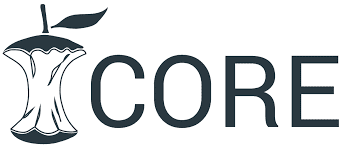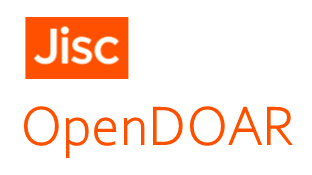Trabajo Fin de Grado
 Una introducción al formalismo matemático de la Mecánica Cuántica
Una introducción al formalismo matemático de la Mecánica Cuántica
| Autor/es | Bernal González, Alexander |
| Director | Casado Díaz, Juan






 |
| Departamento | Universidad de Sevilla. Departamento de Ecuaciones Diferenciales y Análisis Numérico |
| Fecha de publicación | 2020-06-01 |
| Fecha de depósito | 2021-07-05 |
| Titulación | Universidad de Sevilla en Doble Grado en Física y Matemáticas |
| Resumen | The aim of this work is to introduce the mathematical tools needed in order to explain,
in a more rigorous way, the basic concepts that appear in Quantum Mechanics. In this context,
in the first chapter we recall the ... The aim of this work is to introduce the mathematical tools needed in order to explain, in a more rigorous way, the basic concepts that appear in Quantum Mechanics. In this context, in the first chapter we recall the main conservation laws in Classical Mechanics, the Principle of Least Action and the Hamilton-Jacobi equation. Futhermore, we make a historical introduction to Quantum Mechanics and focused on a semiclassical deduction of Schr¨odinger equation. In the following chapter we define and show the basic properties of Banach and Hilbert spaces. We also study the distribution theory, the Sobolev spaces and the Fourier transform. At the end of the chapter we recall some definitions related to the theory of linear operators in normed spaces, depeening in the selfadjoint case for which we give a polar decomposition theorem. Starting the third chapter, we define the spectrum of an operator and we show some stability theorems for the semi-Fredholm ones. Then, we introduce the concept of spectral family and based on it, we give a decomposition theorem for selfadjoint operators. Finally, applying all the concepts above we prove the existence and uniqueness of solution for the Schr¨odinger equation. On the other hand, we analyse and give examples of spectral decompositions for the main operators in physics, emphasising in the Schr¨odinger operator and the potential taken into account in its expression. |
| Cita | Bernal González, A. (2020). Una introducción al formalismo matemático de la Mecánica Cuántica. (Trabajo Fin de Grado Inédito). Universidad de Sevilla, Sevilla. |
| Ficheros | Tamaño | Formato | Ver | Descripción |
|---|---|---|---|---|
| TFG DGFyM Bernal González, ... | 615.3Kb | Ver/ | ||
















